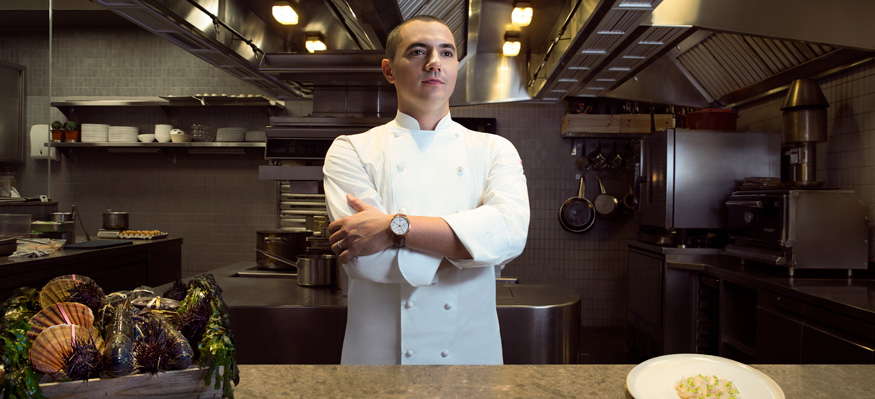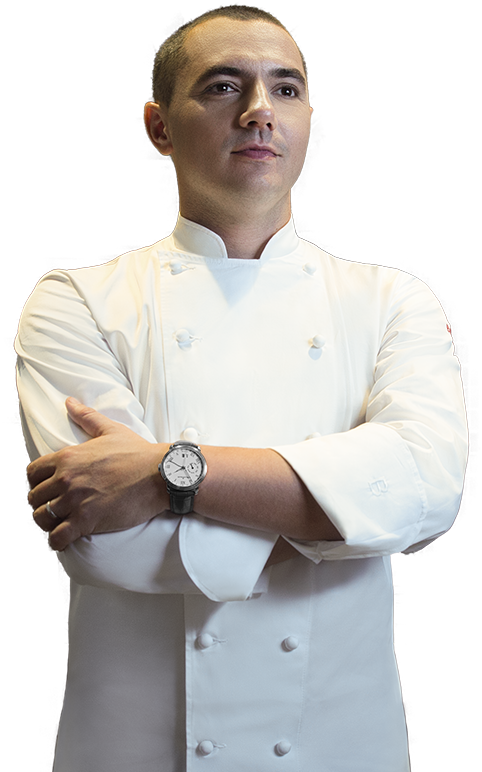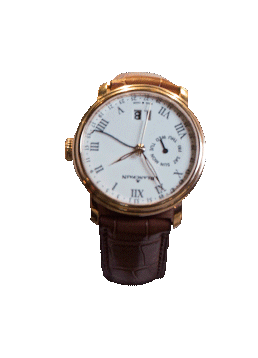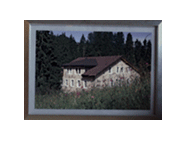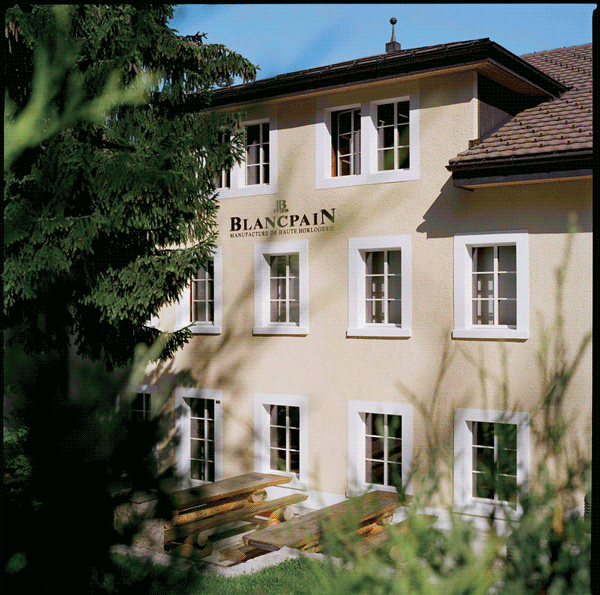There are three things that matter in property: location, location, location. Likewise, there are three things that matter to Chef Julian Royer in cooking: taste, taste, and taste. No room for bells and whistles for the merry 36-year-old who hails from Southern France. In fact, it’s precisely because of his birthplace that Chef Royer has developed such a profound respect for his ingredients.
“I come from a part of France called Auvergne which is an agricultural region, a very rural place. There is a lot of rich traditions and a lot of agriculture. My background is very humble but I always eat very well at home because my grandmother – and later on my mother – were able to grow, harvest, cook and eat with the seasons,” he shares. “In our part of France there are four very distinctive seasons: very cold winters, very hot summers, very wet autumns, etc. This instilled in me the notion of seasonality.”
To date, Chef Royer has won numerous awards, most recently Chef of the Year for the second time at the World Gourmet Summit. Just a month prior to that, his restaurant Odette placed ninth at the Asia’s 50 Best Restaurants list (the highest by any restaurant in Singapore) along with the Highest New Entry award. In 2016, just a year after opening, Odette was awarded two Michelin stars. His success happened swiftly and within a rather short span of time. One wonders what the secret ingredient is.
The answer, as it turns out, is tradition.
“I named the restaurant after my grandmother because she’s the person who showed me how much love, emotion, and pleasure you can give to people through food and cuisine. This is something very special to me. My grandmother was always cooking. She was not only able to cook, she also made pastries, bread, and she made our own cheese. There’s a very strong culinary tradition and heritage in my family that’s deeply marked strongly inside my DNA. And this is what we’re trying to reproduce at Odette,” says Chef Royer.
“I named the restaurant after my grandmother because she’s the person who showed me how much love, emotion, and pleasure you can give to people through food and cuisine.”
Himself a fourth generation farmer, Chef Royer truly appreciates quality produce. He goes above and beyond in highlighting the source and characteristics of all the ingredients featured in the menu. He’s also one of the few lucky chef-restaurateurs blessed with an amazing front-of-house team that’s just as passionate about food.
“We’re working with artisans that supply us with beautiful ingredients and without them we’re not able to do any good food. It’s a delicate balance but when you do find it, you reach a level of perfection and pleasure that you give emotion to people,” he explains. “What I always try to remember and show in our recipes is to preserve the original taste of the produce. I like beef to taste like beef, strawberries to taste like strawberries and an apple must taste like an apple. My cooking is really focused on taste, taste, and taste.”
“My cooking is really focused on taste, taste, and taste.”
Step through the doors of Odette at the National Gallery of Singapore and you will notice how there’s no trace of pomp and ostentatiousness. There are no fancy show plates or excessive table décor, just a little greeting card explaining the story of Odette. In a way, the restaurant expresses how Chef Royer envisions his role as a chef to play out.
“Some people like to say that chefs are artists. I hate that. For me, being labelled an artist means you’ve reached the maximum of your capability. That’s why I think chefs are not artists at all but rather, artisans. I want to keep learning. The beauty about this job is we can try something new every day, taste new ingredients every day, learn something new every single day. I think it’s the best job in the world because we are able to give emotion to people,” Chef Royer enthuses.
“Some people like to say that chefs are artists. I hate that. For me, being labelled an artist means you’ve reached the maximum of your capability. That’s why I think chefs are not artists at all but rather, artisans.”
But it’s not a solo journey for Chef Royer. He does not see it this way and he attributes his success to everyone around him.
“Every single hand of every single person within the team will create the experience. That’s why we are so compatible with Blancpain. Every single hand of every single artisan
that worked on every single piece of every single watch makes a difference. We cannot do everything by ourselves; it needs to be a teamwork,” he shares.
“Every single hand of every single person within the team will create the experience. That’s why we are so compatible with Blancpain.”
At Odette, Chef Royer keeps the tradition of his family home alive by offering honest food and honest cooking albeit in a more elegant setting. But he also wants to perpetuate other traditions of his own.
He asserts: “I believe in the tradition of savoir-faire by hands. People now live in their phones and we’re in an era where everything is digital, but I like the notion of 'fait main', in any sense, from a farmer to a watchmaker to a cordonnier… This is beautiful and it needs to be kept. I also think people should recognise more the people who supply us with beautiful ingredients because they deserve as much light as we do.”
“I believe in the tradition of savoir-faire by hands. People now live in their phones and we’re in an era where everything is digital, but I like the notion of 'fait main'… This is beautiful and it needs to be kept.”
Being a chef can be glamorous but it’s also a tough life. Still Chef Royer wouldn’t trade it for anything else.
“I really encourage young people to take it up. It’s not just cooking food and selling it. It’s something you can be passionate about, where you have lots to learn and there are lots of opportunities. You’ll travel the world and you’ll always be able to find a job anywhere.”


